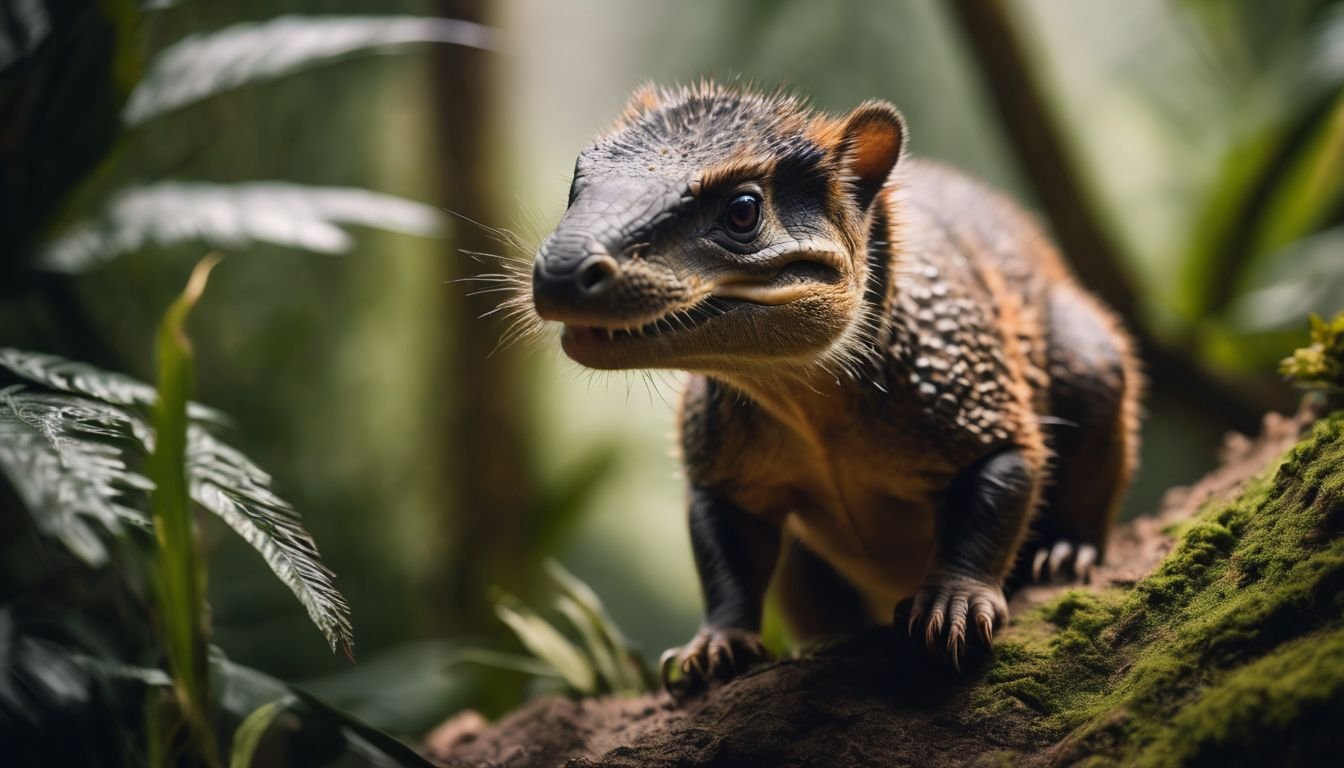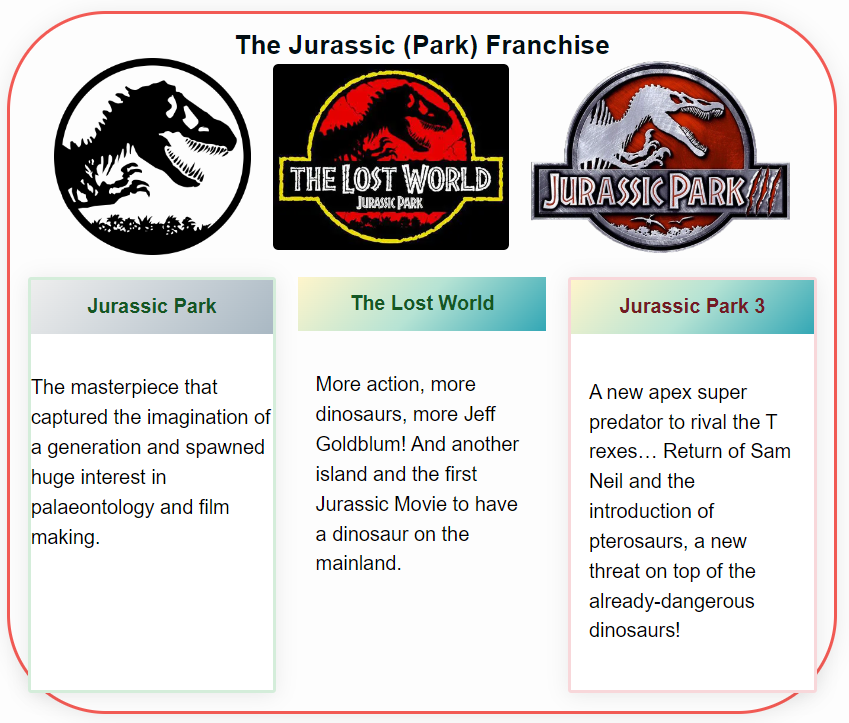Mammals existed alongside dinosaurs during the Mesozoic Era, which spanned from about 252 million to 66 million years ago. However, for most of this time, mammals were small, relatively insignificant animals that lived in the shadows of the dinosaurs.
It was only after the extinction of the dinosaurs at the end of the Cretaceous period that mammals were able to diversify and evolve into the many different forms we see today.
During the early part of the Mesozoic era, mammals were small and mostly nocturnal, and they were adapted to living in the shadows of the dinosaurs. They likely fed on insects and other small prey, and they probably used their sharp senses and agility to avoid becoming prey themselves. Some examples of early Mesozoic mammals include Morganucodon and Kuehneotherium, which lived during the Triassic period, about 210 million years ago.
As the Mesozoic era progressed, mammals continued to evolve and diversify, but they remained small and relatively insignificant compared to the dinosaurs. It was only during the late Cretaceous period, about 100 to 66 million years ago, that mammals began to increase in size and diversity, possibly in response to the decline of the dinosaurs. Some examples of late Cretaceous mammals include multituberculates, which were rodent-like animals with specialized teeth adapted for chewing tough plant material, and eutherians, which were early placental mammals that gave rise to most of the mammals alive today.
Despite their small size and relative insignificance during the Mesozoic era, mammals played an important role in the evolution of life on Earth. They were able to survive and adapt to changing conditions, and they ultimately gave rise to the diverse array of mammals that exist today. Without the persistence and resilience of these small, furry creatures, the world we know today might look very different.
Mammals That Lived With Dinosaurs
Many of us picture dinosaurs ruling the ancient world, often overlooking their smaller mammalian neighbours. Surprisingly, mammals did walk with dinosaurs millions of years ago! Let’s peel back layers of prehistoric times to show how these creatures thrived alongside fearsome reptilian giants.
Of course, tiny mammals didn’t just scurry under the feet of dinosaurs, they had to contend with huge flying reptiles and even the waters and oceans were dominated by other groups of enormous reptiles!
The Evolution of Mammals

Mammals first appeared during the Mesozoic era, coexisting with dinosaurs and undergoing adaptive radiation to exploit different ecological niches. This allowed them to diversify and thrive alongside their dinosaur counterparts.
When Mammals First Appeared
Long ago, before the world as we know it, early mammals scurried underfoot of towering dinosaurs. These ancestral creatures made their first appearance about 200 million years ago during the Triassic period.
The earth was a place of giant reptiles, and these ancient mammals had to be smart and adaptable to survive.
They were mostly small, furry creatures that lived in the shadows of their massive dinosaur neighbours. By staying little and quick on their feet, they could find food without attracting too much attention from predators.
This time laid the groundwork for mammal evolution and showed how adaptable these prehistoric animals were.
Looking at fossils tells us more about how they shared their home with dinosaurs.
Some even began to explore different ways of living – flying through the air or swimming in ancient waters – which led them toward occupying varied niches in their environments.
What Did Mammals Evolve From?
Synapsids are a group of animals (vertebrates) that includes mammals as well as their extinct relatives. These prehistoric synapsids, also known as “mammal-like reptiles,” were the ancestors of mammals. These early mammal ancestors gradually developed unique characteristics that distinguish them from their reptilian ancestors, eventually leading to the diverse range of mammals we see today.
They are characterized by a single opening in the skull behind each eye, known as the temporal fenestra. This group also includes the extinct members known as therapsids, which are often referred to as “mammal-like reptiles” due to their resemblance to both reptiles and mammals. Therapsids were an important group of synapsids that lived during the Permian and Triassic periods and played a significant role in the evolutionary history of mammals.
Over time, they evolved specific characteristics that distinguish them from other reptiles, eventually giving rise to the diverse group of mammals that exist today.
Two examples of synapsids are:
Dimetrodon
An extinct genus of synapsid that lived during the early Permian period. It is known for its large sail-like structure on its back and is often mistakenly thought of as a dinosaur, but it actually predates dinosaurs by millions of years.
Cynognathus
An extinct genus of therapsid that lived during the late Permian and early Triassic periods. It had a more mammal-like jaw structure compared to earlier synapsids and is considered an important transitional form in the evolution of mammals.
From the group of synapsids came an off shoot: the therapsids during the late Permian period, about 270 million years ago.
Overall, synapsids are an important group of vertebrates that includes mammals and their extinct relatives, and therapsids are a key subgroup within the synapsids that played a crucial role in the transition from reptiles to mammals.
Coexistence with Dinosaurs
Mammals lived alongside dinosaurs for millions of years. They first showed up around the same time early dinosaurs did, over 200 million years ago! These ancient mammals were not just sharing space; they were part of a bustling world filled with all sorts of prehistoric creatures.
Often thought to be only small and hiding in shadows, these furry animals actually took on many roles. Some scurried on the ground while others may have taken to the trees. Each found their own way to make a living during the dinosaur era.
They dodged giant feet and snatched up insects or tiny plants whenever they could, carving out their little niches in a land of giants.
Different mammal species adapted in unique ways. The Mesozoic era saw them spread into diverse forms, even though most kept a low profile compared to their reptilian neighbours. Many survived by being nocturnal, avoiding bigger predators by staying active at night.
This sneaky lifestyle let them live through times when dinosaurs ruled the Earth.
Of course, it wasn’t just giant dinosaurs these early mammals had to contend with – dinosaurs had already taken most niches by the Jurassic Period so they came in all shapes and sizes. Just like modern mammals do now!
Some examples of small and medium-sized dinosaurs (by our frame of reference) are:
Compsognathus
Troodon
Velociraptor
Archaeoptyrix
Adaptive radiation
Living alongside dinosaurs, mammals began to evolve and spread out into various forms. This process is known as adaptive radiation. It’s when a single type of animal evolves into many different types to fill different roles in the environment.
Think of it like one family tree that grows many branches; each branch becomes its own kind of creature suited for a specific way of life.
These ancient creatures found their own paths by making use of all sorts of lifestyles and places – from burrowing underground to scampering up trees. They were taking on new shapes and sizes, some developing sharp teeth for catching insects, while others grew larger brains for problem-solving.
This period was full of change for these early mammals, setting the stage for even more diversity after the dinosaurs were gone.
Exploiting different niches
Mammals back then were smart about where they lived and what they did to survive. They found many different ways to live alongside dinosaurs. Some mammals hunted insects at night, while others snuck around the forest floor eating plants or small creatures when big dinosaurs weren’t looking.
This way, they didn’t have to fight the huge reptiles for food.
Many of these early creatures changed their body shapes and behaviours to fit into various places in nature. For example, some could climb trees well; others swam in rivers or dug deep burrows to hide from danger.
These clever changes helped them stay alive during the time of giants and even after the massive extinction event that ended the dinosaur era. Now, let’s meet some significant species that thrived during this epic age.
Significant Mammal Species During the Age of Dinosaurs
{replace image below – there were no elephants during this time}

Morganucodon, Microdocodon, Repenomamus, and Castorocauda are some of the significant mammal species that lived during the age of dinosaurs. Want to learn more about these fascinating creatures?
Keep reading to uncover their incredible adaptations and survival strategies in a world dominated by prehistoric reptiles.
Morganucodon
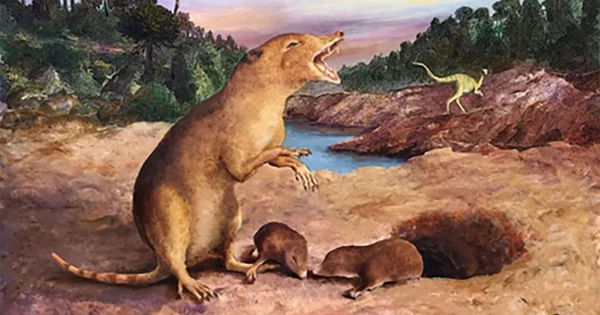
Morganucodon was a tiny creature that lived about 200 million years ago, during the age when huge dinosaurs roamed the Earth. This early mammal was not much bigger than a mouse and had fur, which helped it stay warm.
Its teeth were quite special because they allowed Morganucodon to munch on both insects and plants.
These ancient mammals were pretty clever at finding ways to survive alongside dinosaurs. They mostly came out at night, which kept them safe from many big predators. During the day, they would hide away in small holes or under rocks.
Living this way helped Morganucodon last through tough times and even witness the rise of new animals and dinosaurs between the Jurassic and Cretaceous Periods.
Microdocodon

Moving on from Morganucodon, another fascinating early mammal is Microdocodon. This tiny creature once scampered beneath the feet of towering dinosaurs during the Jurassic period. It was about as big as a common mouse today and had special bones in its throat that helped it swallow food, much like modern-day mammals.
These bones are called hyoids, and they’re a sign that even ancient mammals were already becoming more complex.
Microdocodon also showed us how adaptable early mammals were. Its spindly fingers were perfect for gripping branches, suggesting it lived in trees to stay safe from dinosaur predators on the ground.
Living up high meant these little ancestors could reach new foods and avoid many dangers below. Their lives among the leaves show just how diverse prehistoric mammals were, finding all kinds of ways to thrive alongside dinosaurs.
Repenomamus
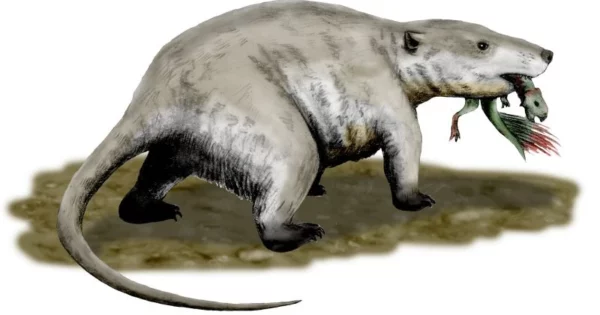
Moving from the tiny Microdocodon, we come across Repenomamus, a much bigger and bolder prehistoric mammal. It was unlike many of its small relatives. This creature had sharp teeth and strong jaws.
Scientists found it with dinosaur bones in its stomach. That means it not only lived alongside dinosaurs but also ate them! Not just insects or plants for this one; Repenomamus was a true meat-eater.
This powerful ancient mammal showed that early mammals could be top hunters too. They were not always hiding or scurrying around in the shadows of dinosaurs. Repenomamus gives us clear clues to how diverse and tough some mammals got during the age when reptiles ruled the land.
These findings turn old ideas upside down – showing small size wasn’t the only way for mammals back then to make it through life under giant dinosaurs’ feet.
Castorocauda

Castorocauda was a remarkable prehistoric mammal that lived during the time of dinosaurs. It is known for its semi-aquatic lifestyle and possesses features similar to modern otters, such as webbed feet and a flattened tail.
This adaptation suggests it was well-suited for swimming and hunting in water, expanding the understanding of how early mammals diversified into different ecological niches to coexist with dinosaurs.
Fossil evidence also indicates that Castorocauda had fur and whiskers, affirming its status as an ancient mammal with unique adaptations for survival.
Controversies and Discoveries
During the Age of Dinosaurs, mammals faced many controversies and made significant discoveries. These included competing with dinosaurs for resources, the advantage of small size, the presence of primates, and the impact of the extinction event on mammalian evolution.
Competing with Dinosaurs
Mammals during the dinosaur era faced tough competition. They had to find ways to survive alongside the dominant dinosaurs who were at the top of the food chain. Although small in size, some mammals adapted by being agile and quick, allowing them to evade predators and find new sources of food.
This survival strategy helped them carve out their own niche in an environment dominated by massive reptiles.
Some mammals also took advantage of their small size to exploit different habitats that dinosaurs couldn’t access, such as underground burrows or climbing trees. By utilising these diverse environments, they could avoid direct competition with dinosaurs and thrive in their own unique ecological niches.
Small size advantage
While early mammals faced competition from dinosaurs, their small size offered advantages. Being small enabled them to exploit different ecological niches and adapt swiftly to changing environments.
This allowed them to evade predators, find new food sources, and thrive during the Mesozoic era.
Mammals that were able to remain small had a better chance of survival when faced with larger dinosaur competitors. Their small size afforded them agility and manoeuvrability, which was crucial for escaping danger and finding shelter in diverse habitats.
Primates during this time
Despite the dominance of dinosaurs, small mammals thrived during this time. Some early primates existed in the shadows of these colossal creatures. These tiny ancestors of modern primates lived in trees and had grasping hands and forward-facing eyes.
Fossil evidence suggests that they were nocturnal and likely fed on insects, fruits, or tree saps.
These early primates coexisted with other mammal species and faced fierce competition for survival. However, their adaptations allowed them to carve out a niche in the ecosystem alongside dinosaurs.
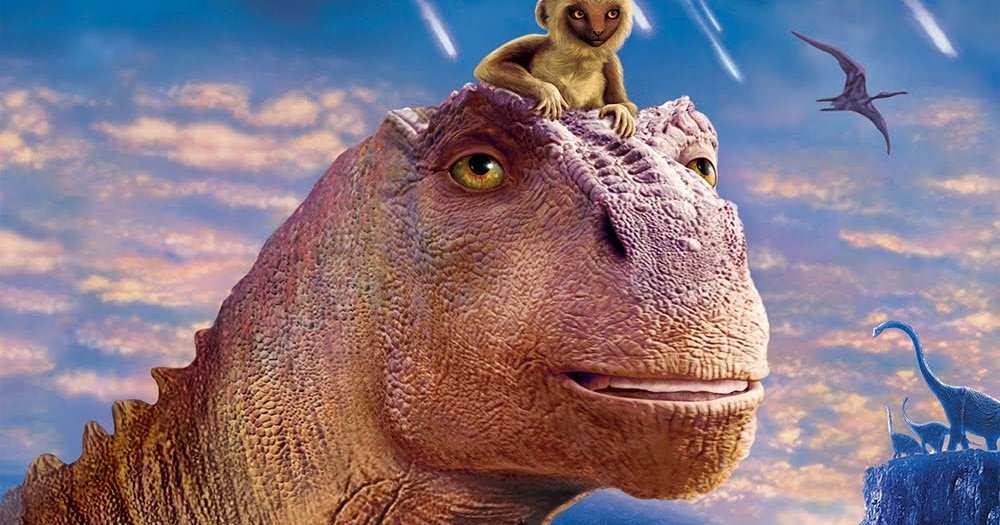
One of my favourite examples of mammals living alongside dinosaurs, despite being fictional, was Disney’s Dinosaur – which featured one of my favourite dinosaur species as the protagonist – the Iguanodon!
Extinction event
During the extinction event at the end of the Cretaceous period, about 66 million years ago, both dinosaurs and many mammal species disappeared. This mass extinction was likely caused by a catastrophic event such as an asteroid impact or massive volcanic activity.
The sudden change in environment severely affected life on Earth, leading to the demise of numerous species including the dominant dinosaurs and various mammalian lineages. Evidence suggests that small mammals were able to survive and thrive after this catastrophic event, eventually paving the way for their dominance in the following era.
The extinction event marked a significant turning point in Earth’s history, reshaping ecosystems and allowing different species to evolve and fill ecological niches left vacant by extinct creatures.
Traditional Beliefs About Prehistoric Mammals and Dinosaurs
Traditional beliefs often depict dinosaurs as the dominant species during the Mesozoic era, whilst mammals are seen as small and vulnerable creatures. However, recent discoveries have challenged these assumptions, revealing a more complex coexistence between these two groups.
Dinosaurs as the dominant species
Dinosaurs were the dominant species during the Mesozoic era. They ruled the Earth for millions of years, occupying a wide range of ecological niches and displaying remarkable diversity in size and form.
These ancient reptiles included fearsome predators like Tyrannosaurus rex and massive herbivores such as Brachiosaurus, showcasing their dominance in various ecosystems throughout this time period.
Their dominance meant that mammals had to adapt to survive in the shadow of these colossal creatures. Despite being overshadowed by dinosaurs, early mammals managed to carve out evolutionary niches for themselves, eventually leading to their own rise to prominence after the demise of the dinosaurs at the end-Cretaceous extinction event.
Mammals as small and vulnerable
Mammals during the dinosaur era were indeed small and vulnerable compared to their giant reptilian counterparts. They had to navigate a challenging environment where larger predators roamed, making survival a constant struggle.
Despite their size, these ancient mammals managed to adapt and evolve in various niches, paving the way for their future dominance on Earth.
Their small stature didn’t hinder them from thriving in different habitats, as they found ways to exploit resources and carve out ecological niches alongside dinosaurs. This coexistence reveals the resilience and adaptability of early mammals, setting the stage for their eventual rise after the mass extinction event.
The story of these tiny creatures offers valuable insights into how life persisted through adversity.
During the age of dinosaurs, early mammals thrived by adapting to different niches and exploiting new opportunities. As significant species like Morganucodon, Microdocodon, Repenomamus, and Castorocauda emerged, they successfully coexisted with dinosaurs.
Contrary to traditional beliefs, these ancient mammals were not merely small and vulnerable but played a vital role in the ecosystem through their adaptive radiation. Despite facing challenges, their resilience during this era sheds light on the intriguing evolution of mammals alongside dinosaurs.
